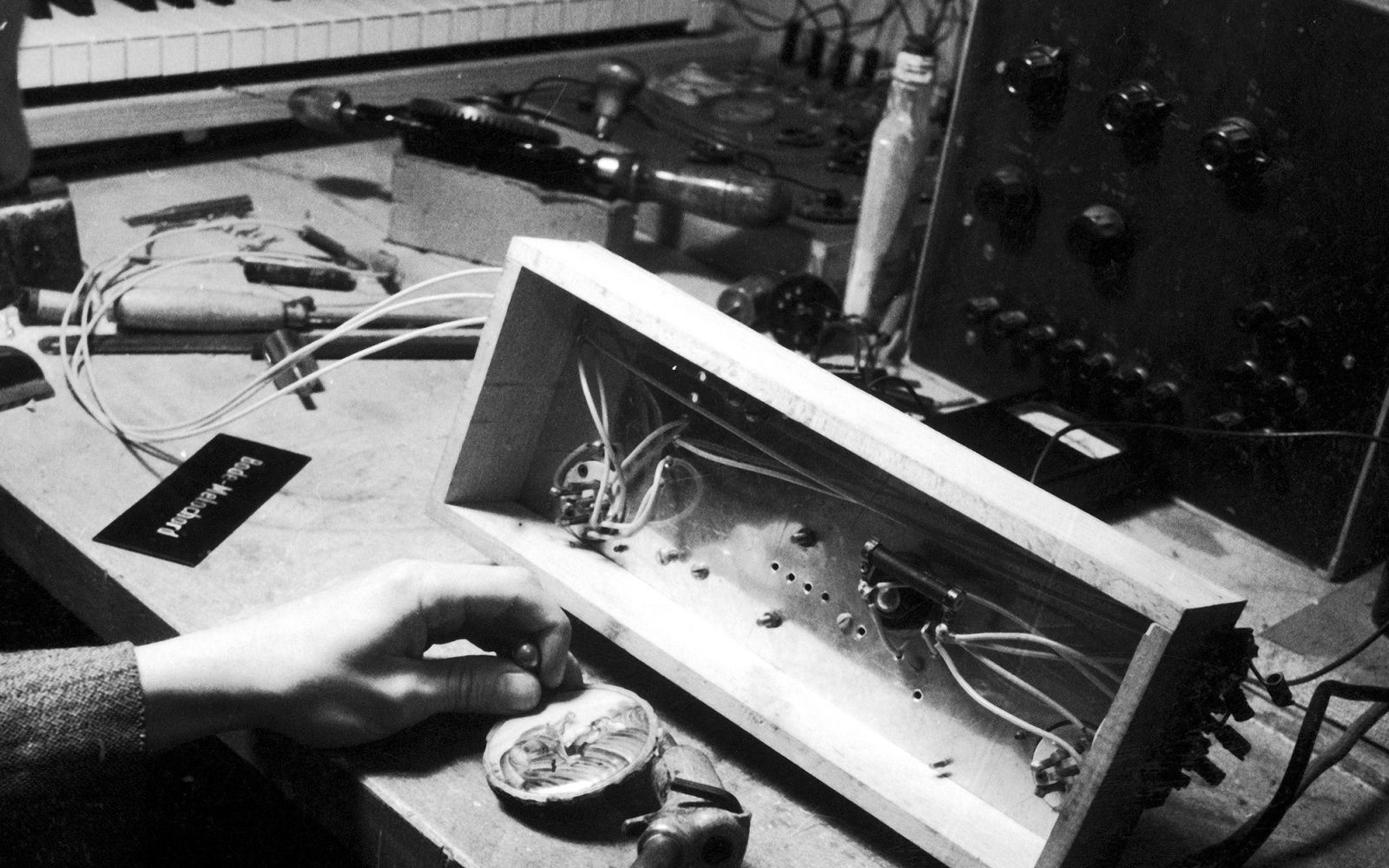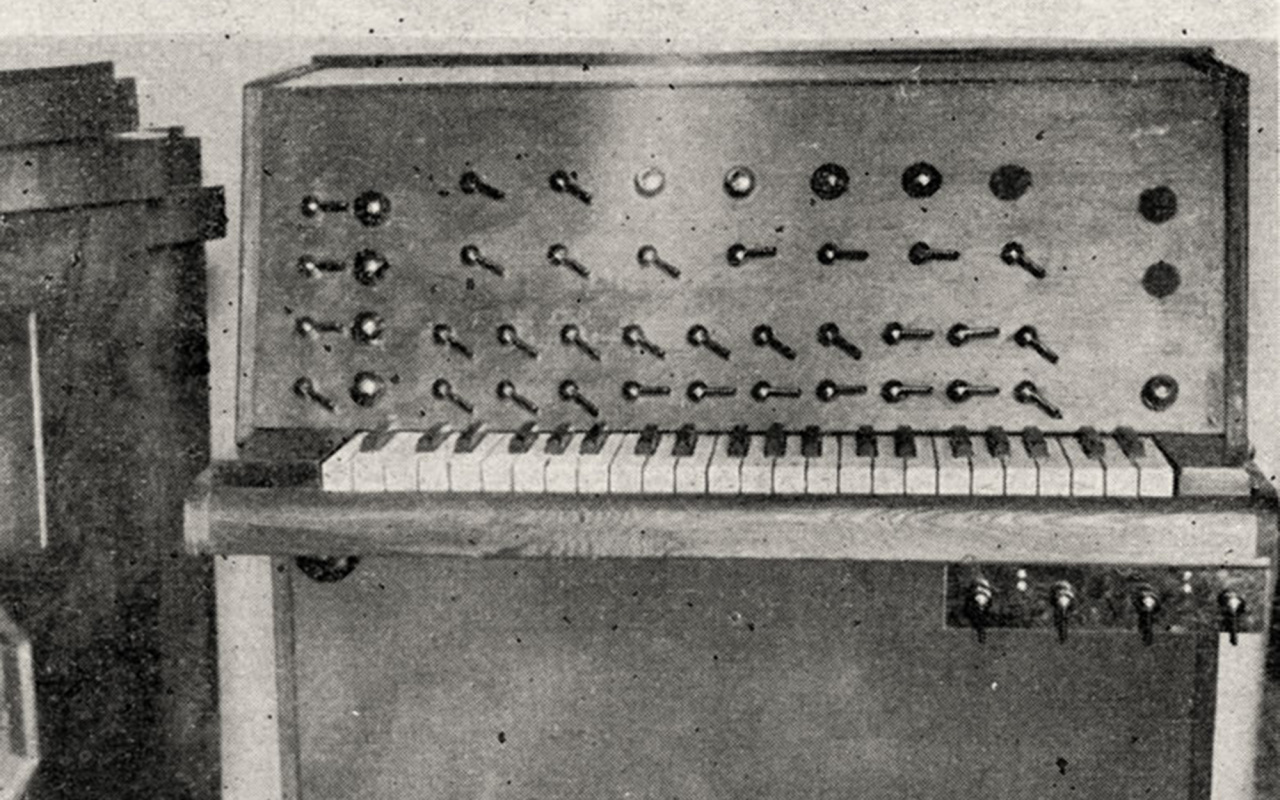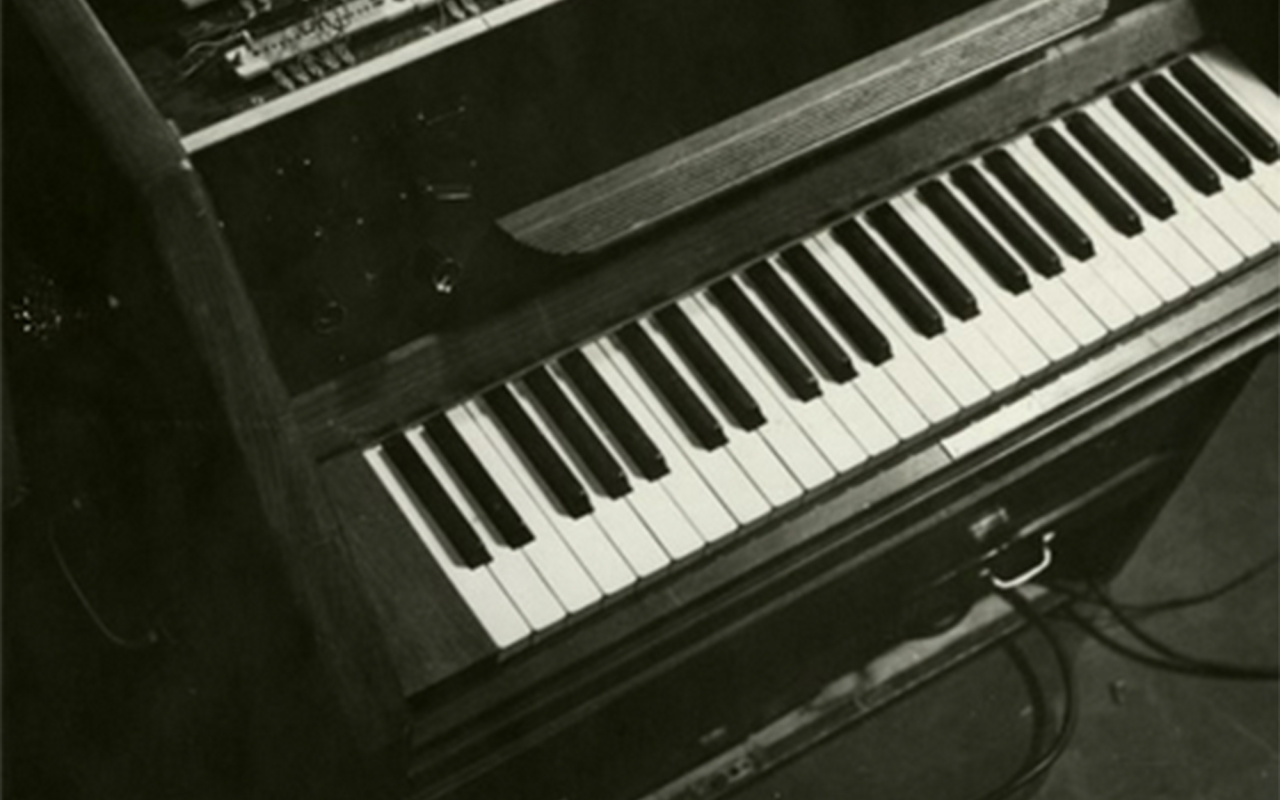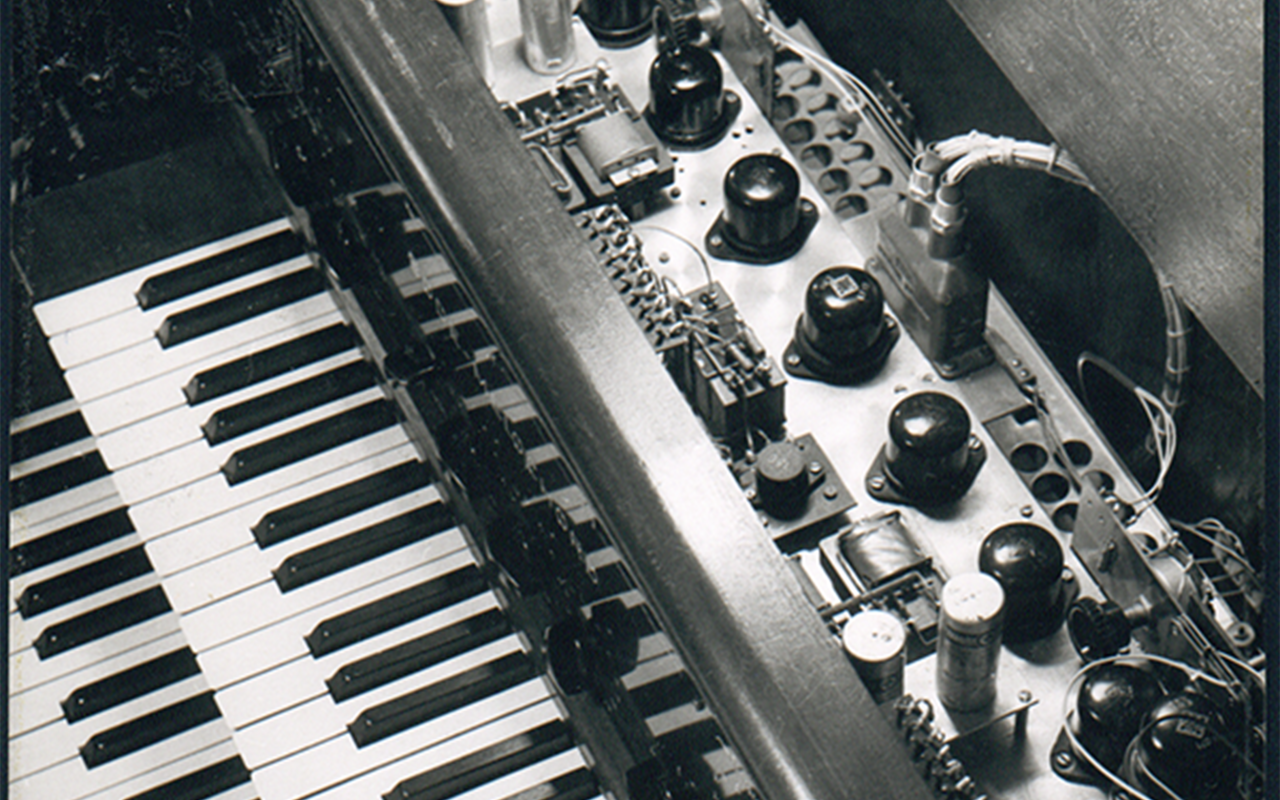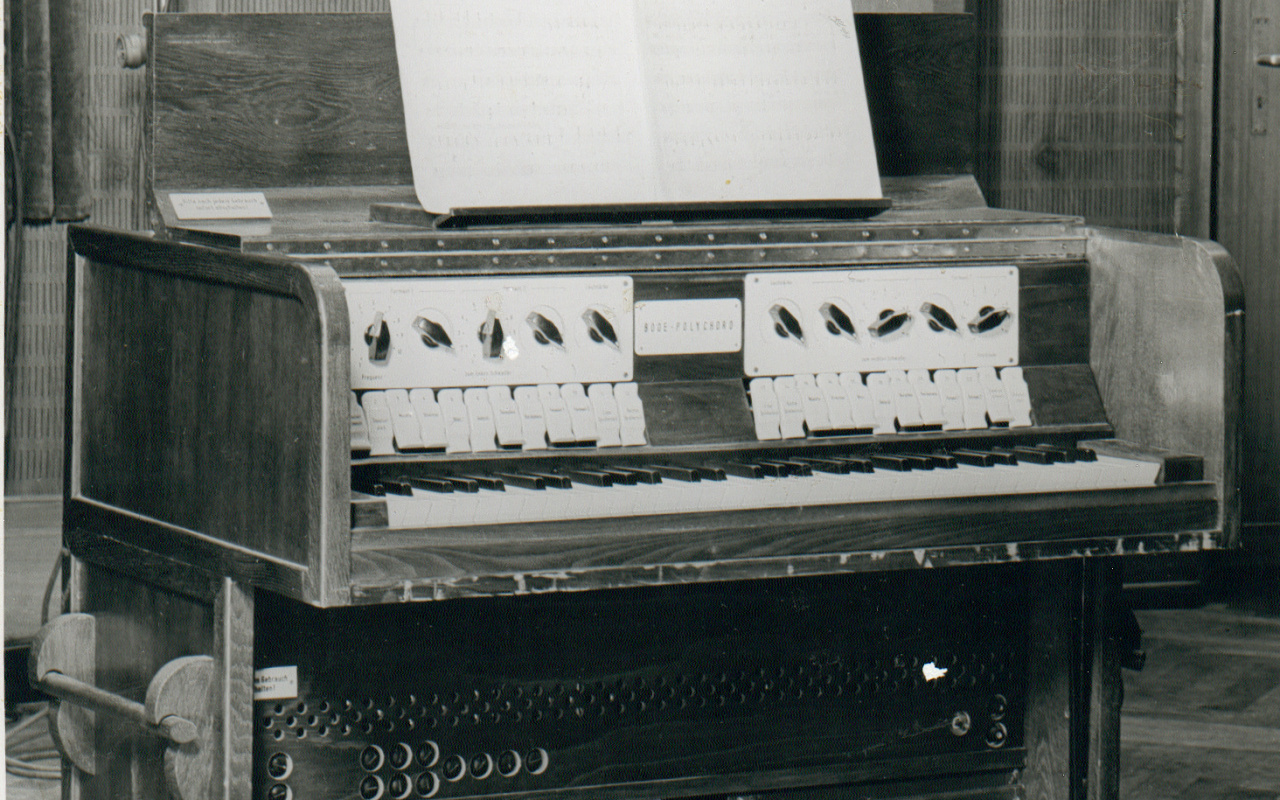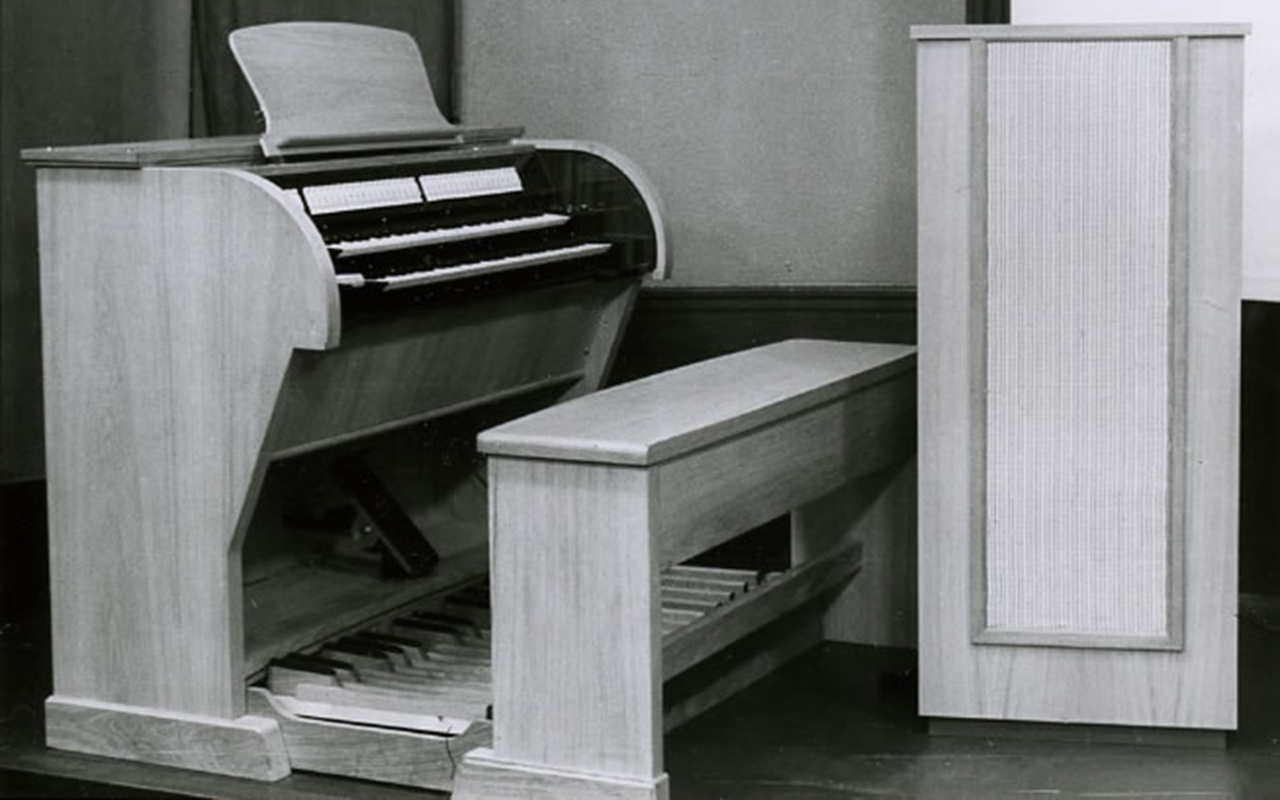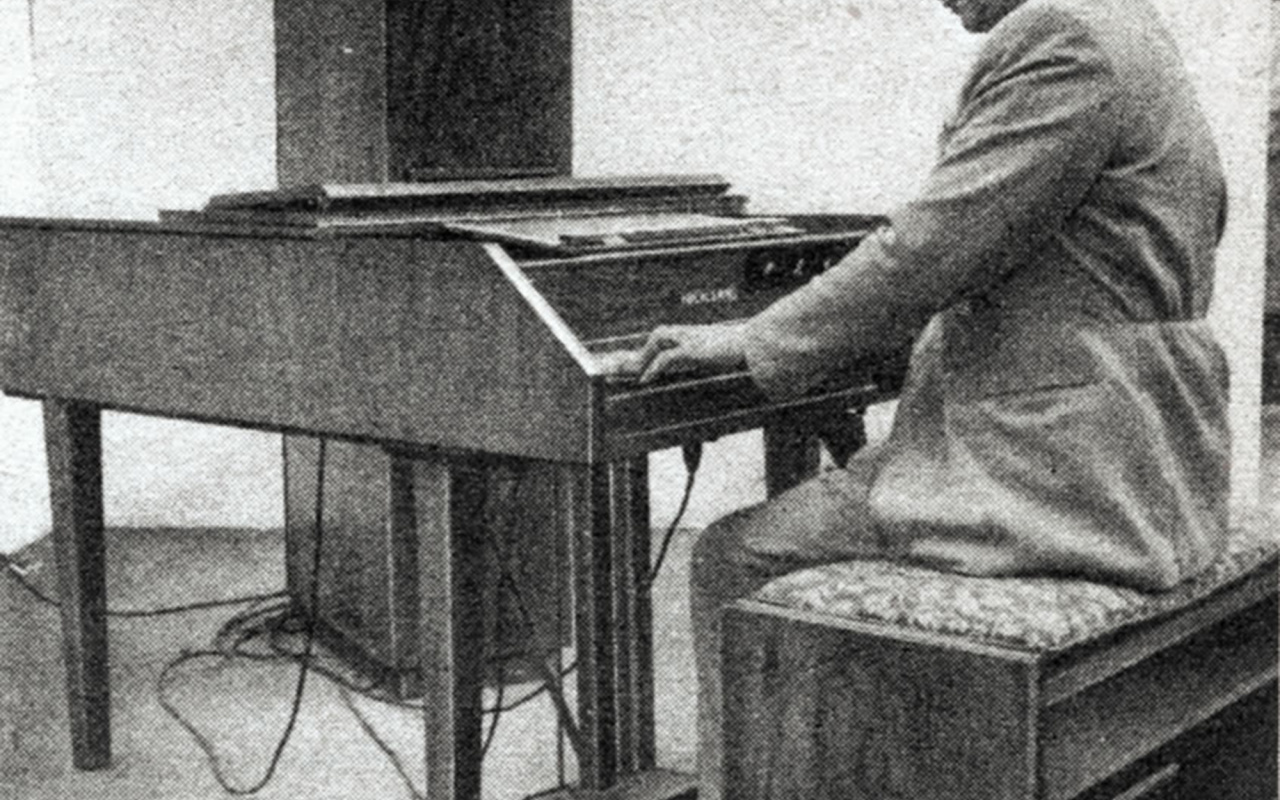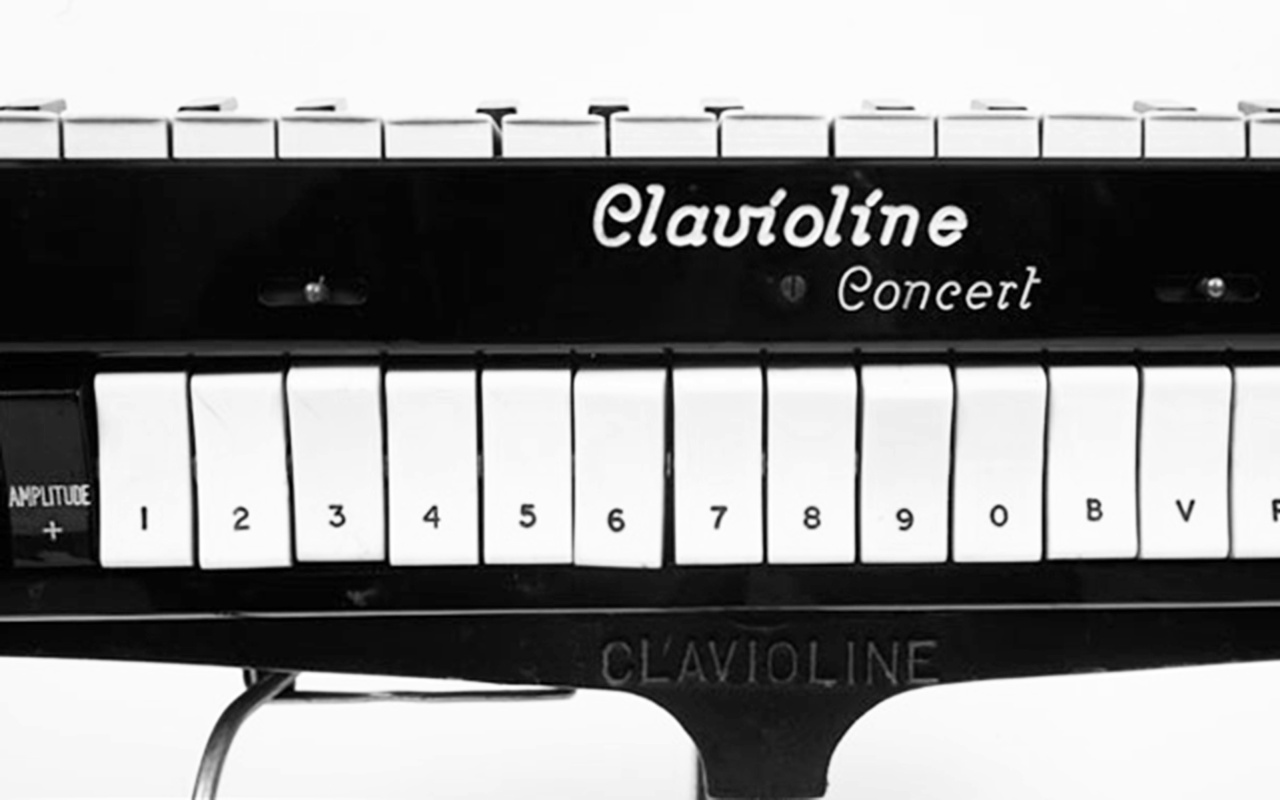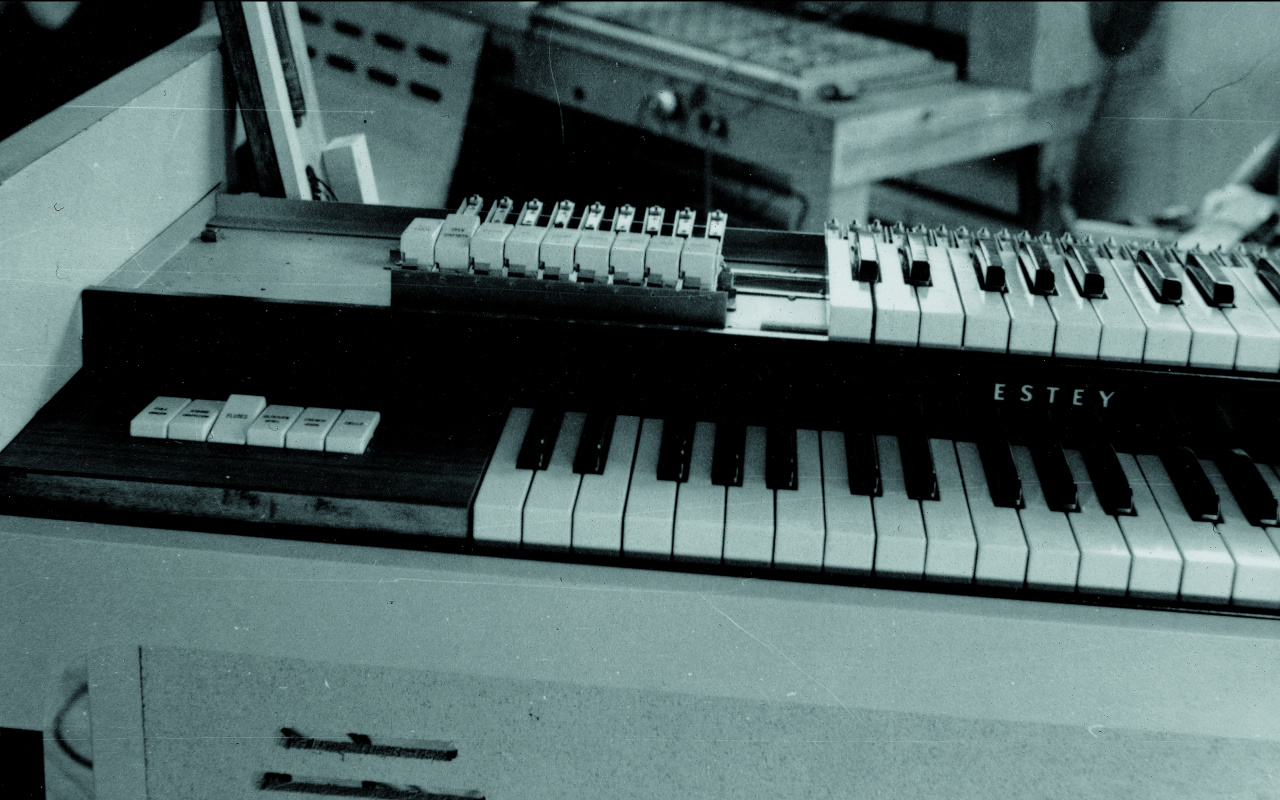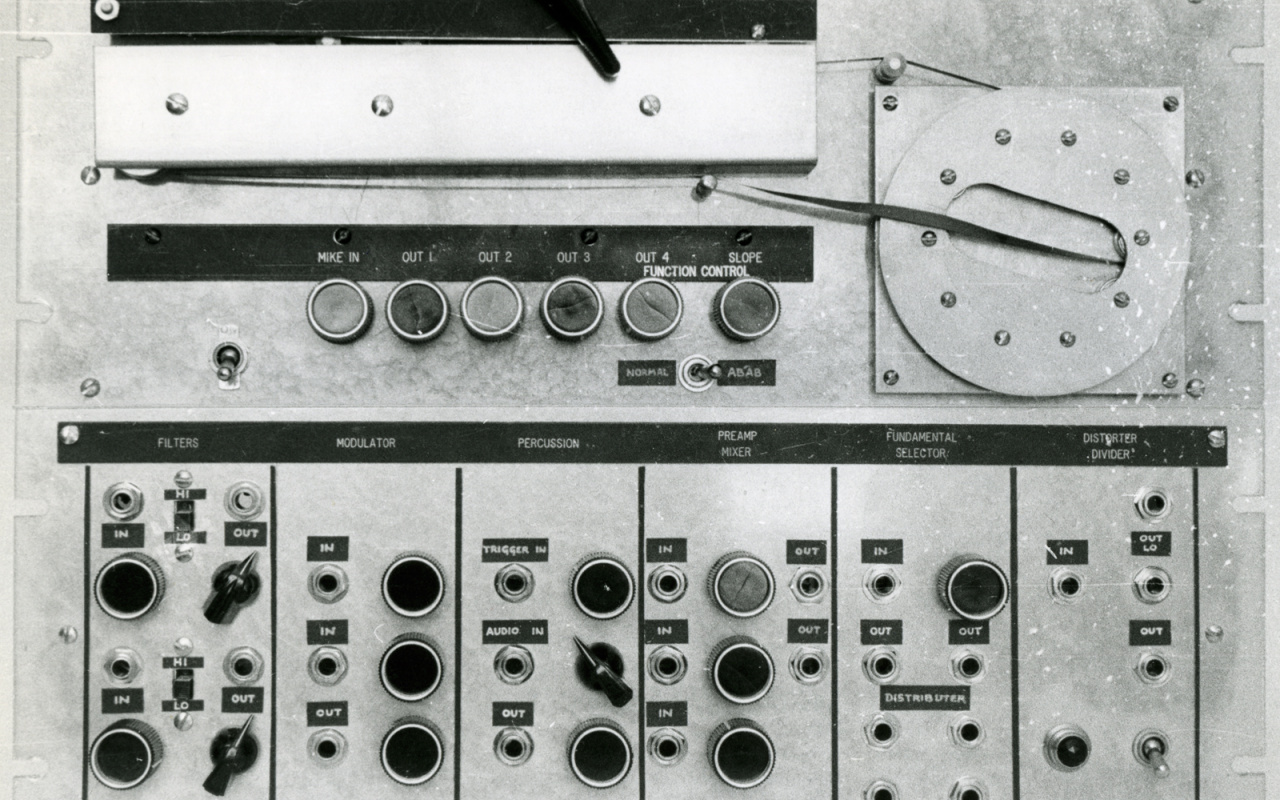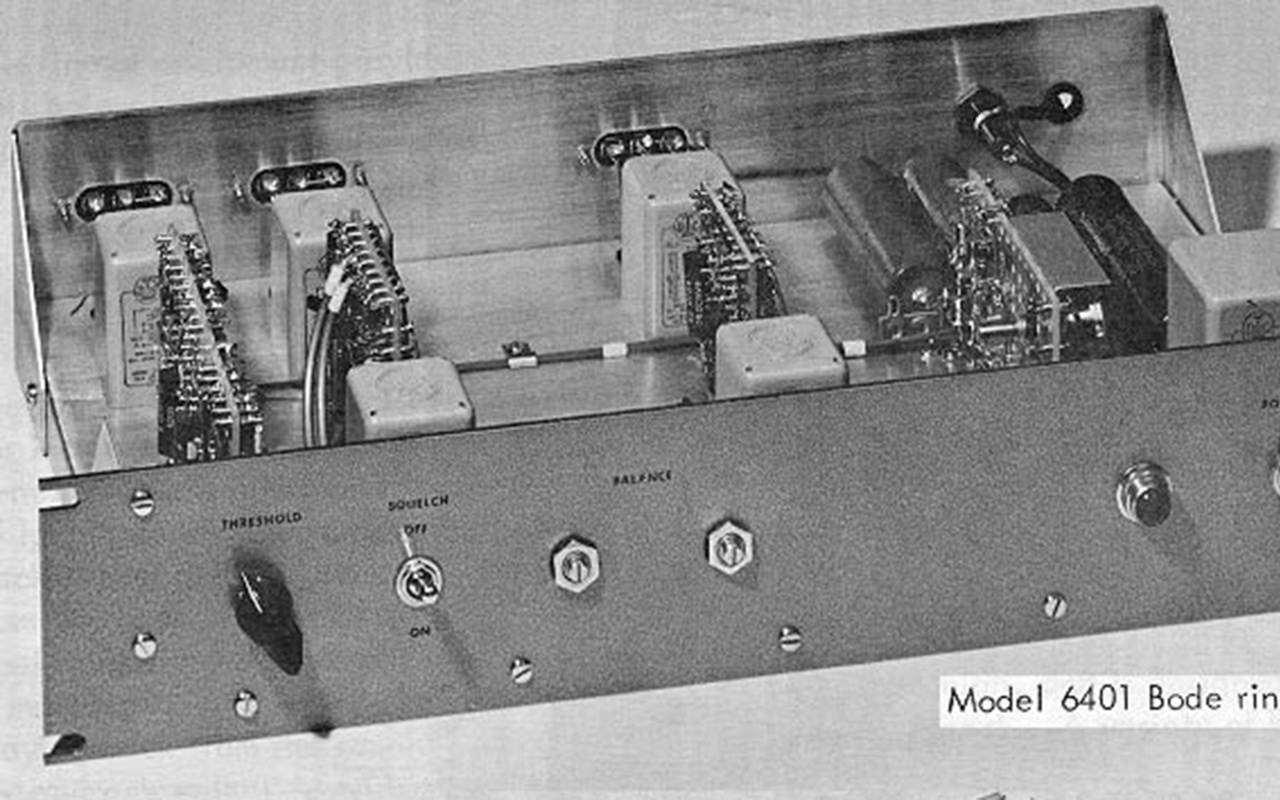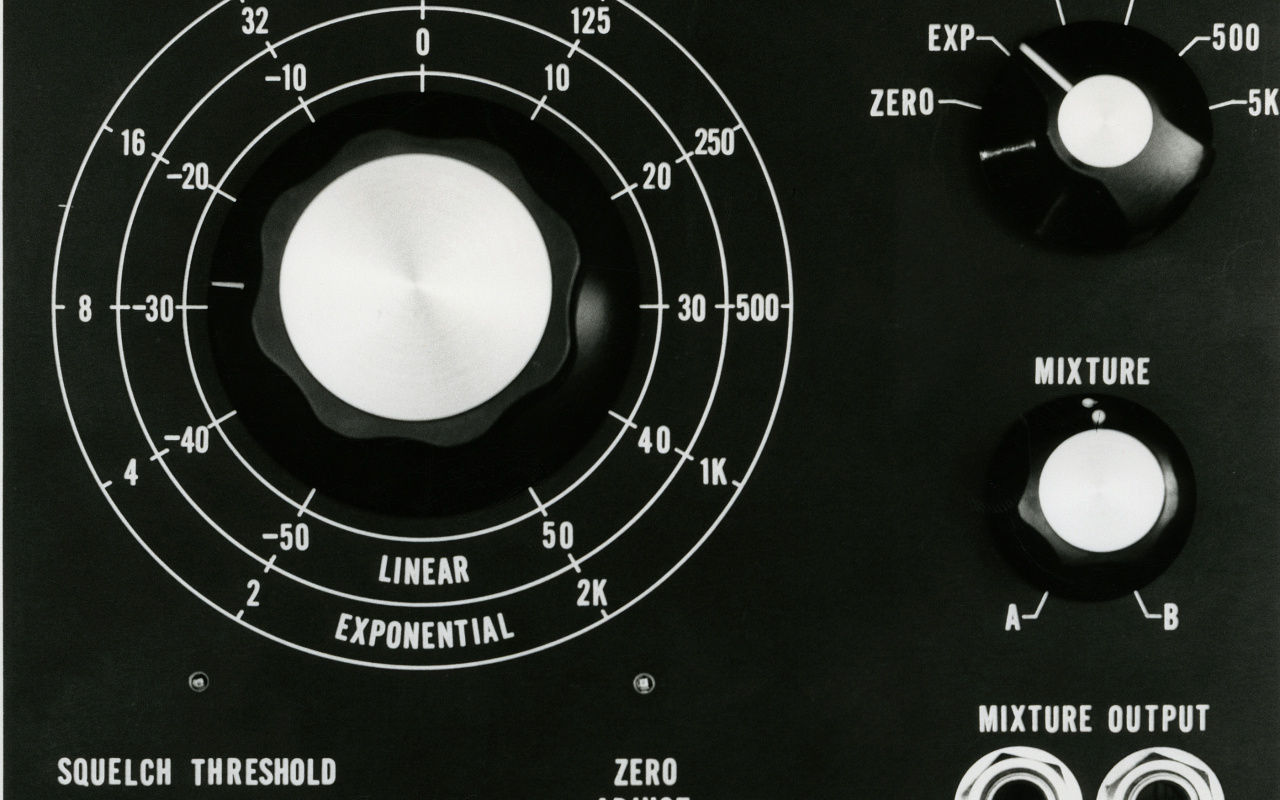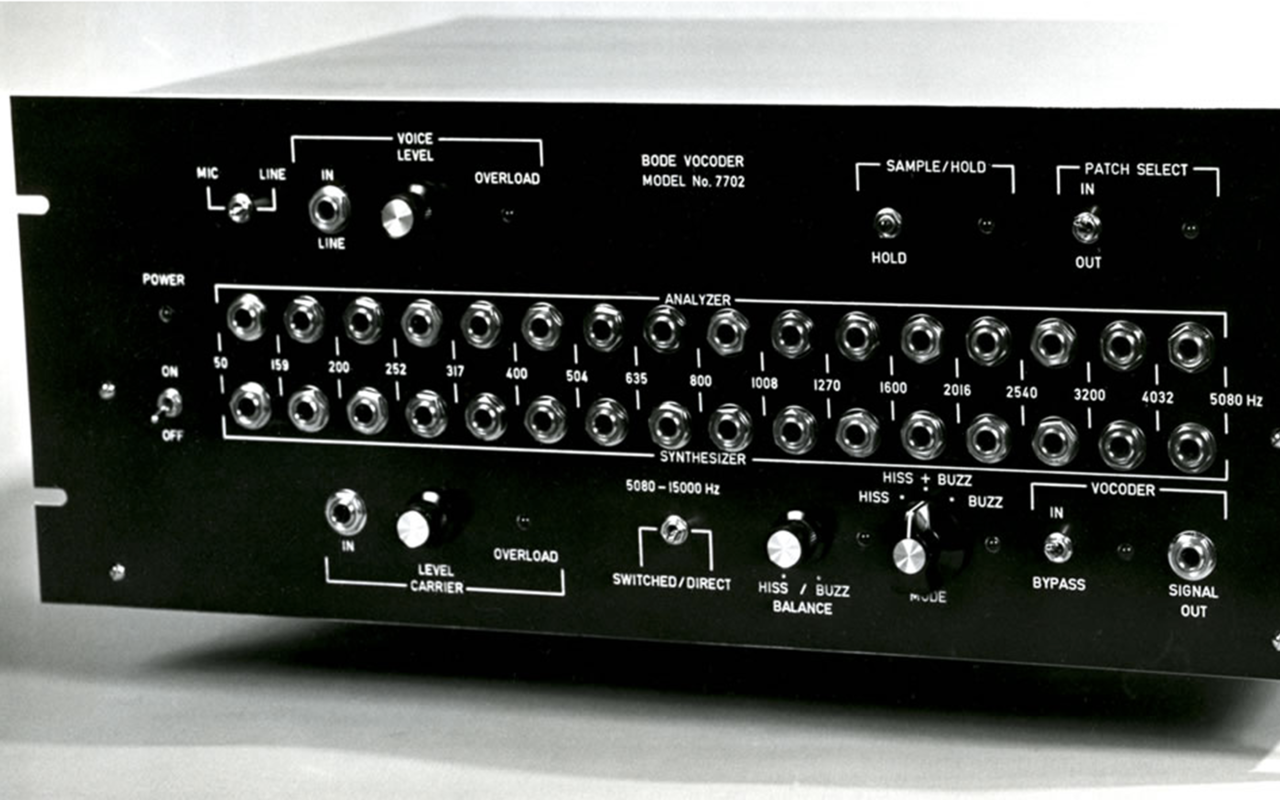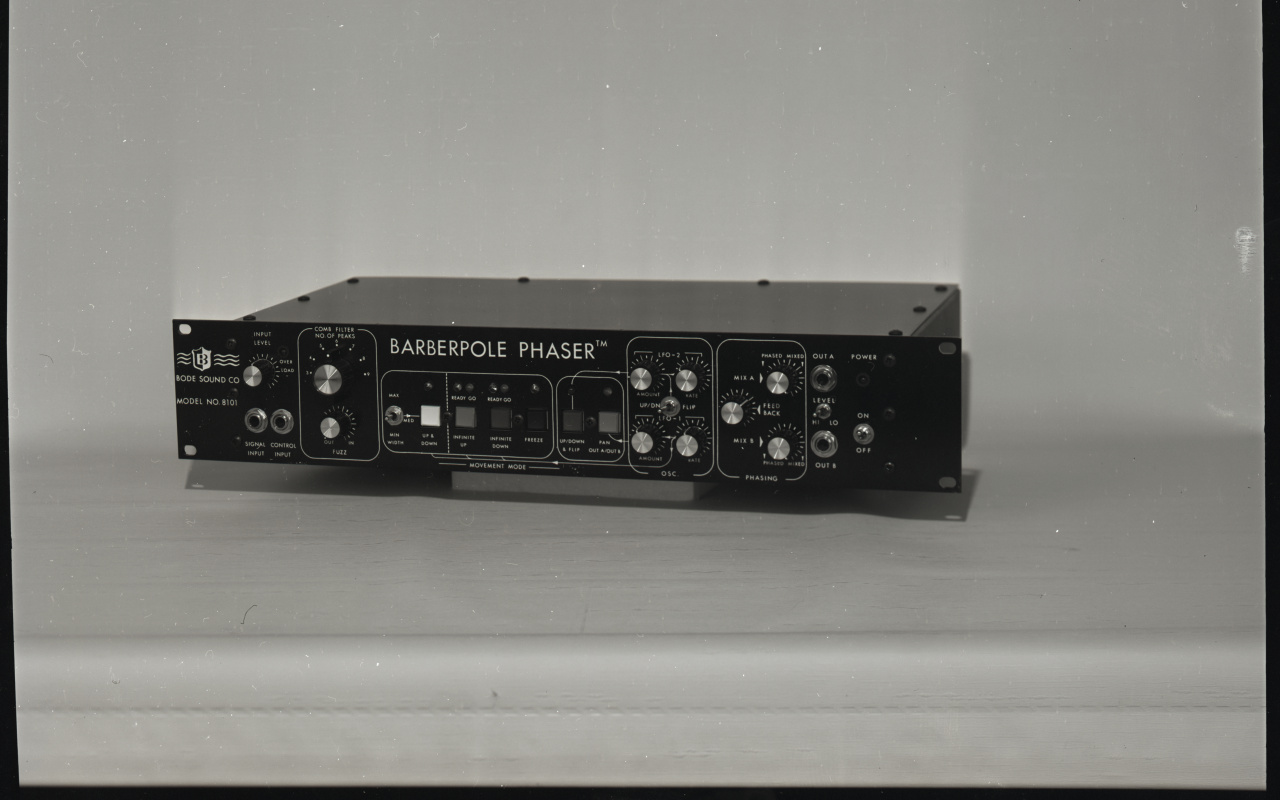| In 1974, Harald retired from his daytime engineering job at Bell Aerospace, after ten years. In 1972, he had founded his own Bode Sound Company, a one-man enterprise. Now it was time for him to really concentrate on electronic sound. He worked on different new models of the Frequency Shifters, and a device to eliminate feedback howl in live performances, composed his own music and thought about making a dream come true that he had planned since 1949, to create his own vocoder. A vocoder splits the frequency bands of the »input signal« (such as the human voice) and mixes it with a »carrier signal« for the dynamics, pitch and timbre. That way you can create a choir out of one voice, or modify the sound of a voice, changing it into a singing train, car or bell, for example. You also can filter out or increase the components of the voice, to process the input such that a normal voice is changed to a robotic voice, or a bass voice is transformed into a soprano voice. Obviously you can use any other acoustic signal as »input« or »carrier«. Originally vocoders were invented to encode speech to save bandwidth in telephone lines and later used to encode conversations for military purposes. When Harald built the Melochord for Meyer-Eppler in Bonn in 1949, he learned of the vocoder as a possible source of musicality. Meyer-Eppler used the Melochord as a carrier for the first known serious and published experiments with the vocoder as a musical device in Germany. Since 1949, Harald had sketched out musical and technical ideas for the vocoder in his notebooks.6
By 1976 as vocoders had entered the musical scene and the technology was available and cost effective, he decided to build his own, a Bode Vocoder. Harald’s Vocoder had unusual features. It had the capability to bypass higher frequencies, as they appear in consonants that are not necessarily relevant for the actual musical sound of voice, but influence the vocoded signal and take up bandwidth. These bypassed frequencies could be mixed with the vocoded signal. The Bode Vocoder was also licensed under the name Moog Vocoder. From 1978, the Bode Vocoder was marketed under the Moog name parallel to Harald’s own brand. Harald’s Bode Vocoder (1977) and then the Moog Vocoder (1978) was a particular success and noted for its unique sound. It can be found on hit records of the era including the 1979 Lipps Inc. mega-hit, »Funkytown«. Among the many artists who purchased the instrument was musician and producer Michael Boddicker, later keyboard player and vocoder operator on Michael Jackson’s »Thriller«, Lionel Richie’s »Can’t Stop«, and others. Video artists like Gary Hill, Steina and Woody Vasulka also used Bode vocoders in their work. The renowned composer Suzanne Ciani, creator of sound for commercials and later her own meditative music, used it on recordings for her own work as well as for her work on the “disco” version of the Star Wars soundtrack recorded by Meco, and to create sound effects, music and voices for a pinball game, Xenon. Her »voice box«, a rack with several devices around the Bode vocoder, was demonstrated on the late-night David Letterman Show in August 1980, vocoding David’s voice with Harald’s Vocoder. In an interview in 1985 she said, »I just love [the Bode Vocoder]« (Doershuk 1985). The making of and success of the instrument made Harald very happy. Around 1984, he planned to do another version of the Vocoder with Ciani. It was to be a matte vocoder, to replace an original voice by another voice (Ibid.), but Harald’s state of health would not allow the finishing of this instrument. The contemporary Carrier Band, with Harald’s son Peer, Andrew Deutsch, Pauline Oliveros, Stephen Vitiello and many guest musicians, use the Bode Vocoder as a central source for their music, using it to perform the writings and original sounds by Harald. 6 An article featuring many scans of »Harald Bode’s Notebooks«, introduced and annotated by Rebekkah Palov, is published in eContact! 13.4. |
